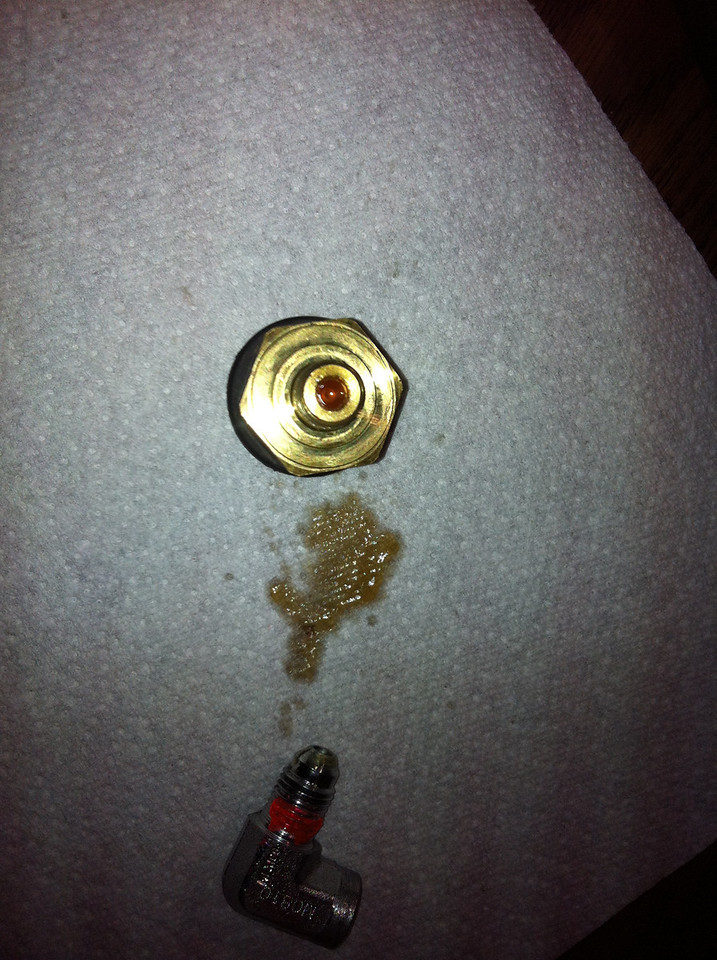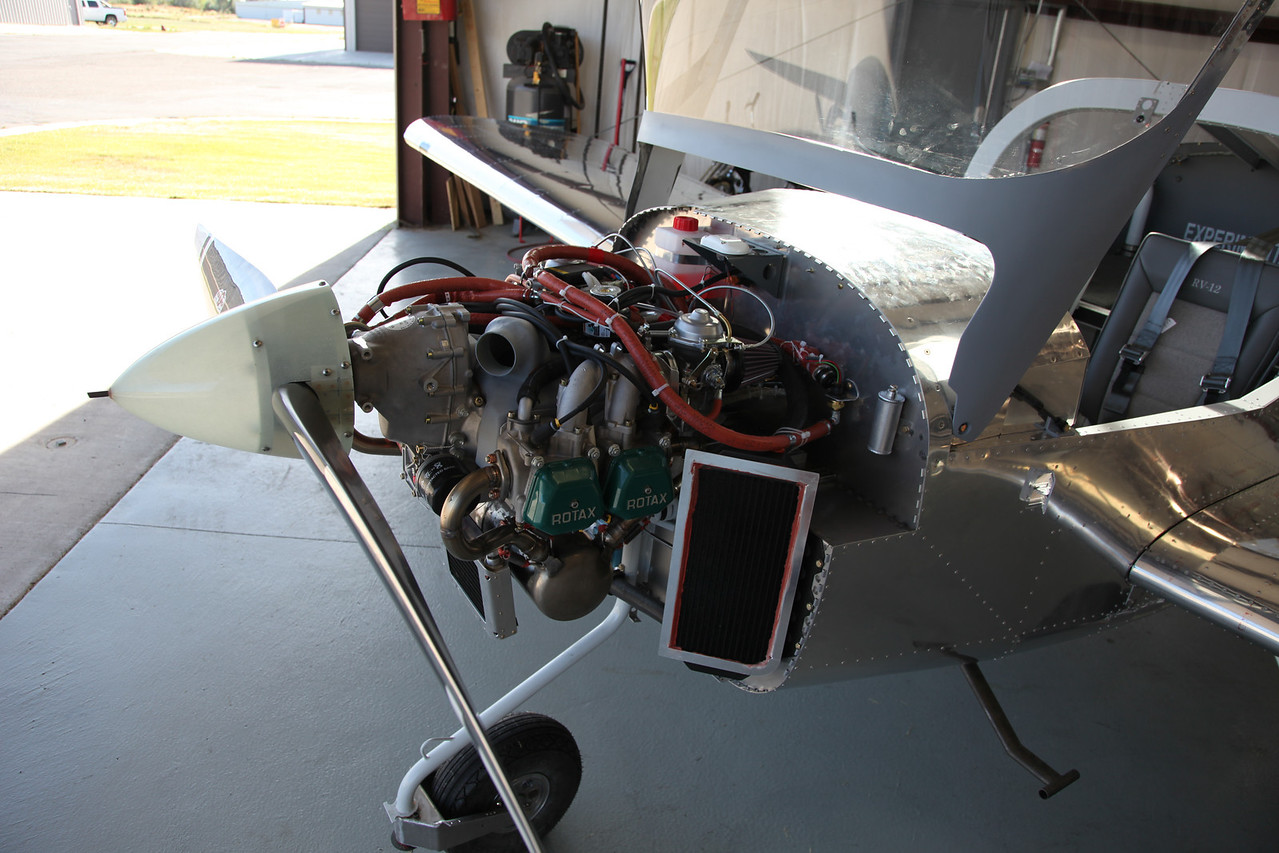ScottSchmidt
Well Known Member
Need some brains to help me better understand an issue we are having during the start-up.
Today, during the start-up, we were unable to see fuel pressure from the electric fuel pump. Before starting the engine the checklist says to turn on master and check for fuel pressure but there was no fuel pressure.
At first you would say it was a bad electric fuel pump. We shut everything down and checked the flow rate from the gascolator with and without the fuel pump on and it definitely is creating pressure but didn't know how much.
We then started the engine and fuel pressure came right up to 4-5 psi.
We shut down the engine for a few minutes, then turned the Dynon screen on and checked that fuel pressure was 0 psi. Then turned the master on (fuel pump comes on too) and the fuel pressure came up to above 2psi just as it should.
Has this happened to any of you?
So, why would it work after we started the engine but not before.
The plane has about 20 hours on it.
It has the new Dynon fuel pressure sensor installed.
Questions:
Could sitting for a week cause the fuel to run out of the line and the 2 psi from the electric fuel pump not enough to prime the system?
Is there a position on the mechanical fuel pump that would not allow the fuel to flow past it?
Today, during the start-up, we were unable to see fuel pressure from the electric fuel pump. Before starting the engine the checklist says to turn on master and check for fuel pressure but there was no fuel pressure.
At first you would say it was a bad electric fuel pump. We shut everything down and checked the flow rate from the gascolator with and without the fuel pump on and it definitely is creating pressure but didn't know how much.
We then started the engine and fuel pressure came right up to 4-5 psi.
We shut down the engine for a few minutes, then turned the Dynon screen on and checked that fuel pressure was 0 psi. Then turned the master on (fuel pump comes on too) and the fuel pressure came up to above 2psi just as it should.
Has this happened to any of you?
So, why would it work after we started the engine but not before.
The plane has about 20 hours on it.
It has the new Dynon fuel pressure sensor installed.
Questions:
Could sitting for a week cause the fuel to run out of the line and the 2 psi from the electric fuel pump not enough to prime the system?
Is there a position on the mechanical fuel pump that would not allow the fuel to flow past it?
Last edited:






